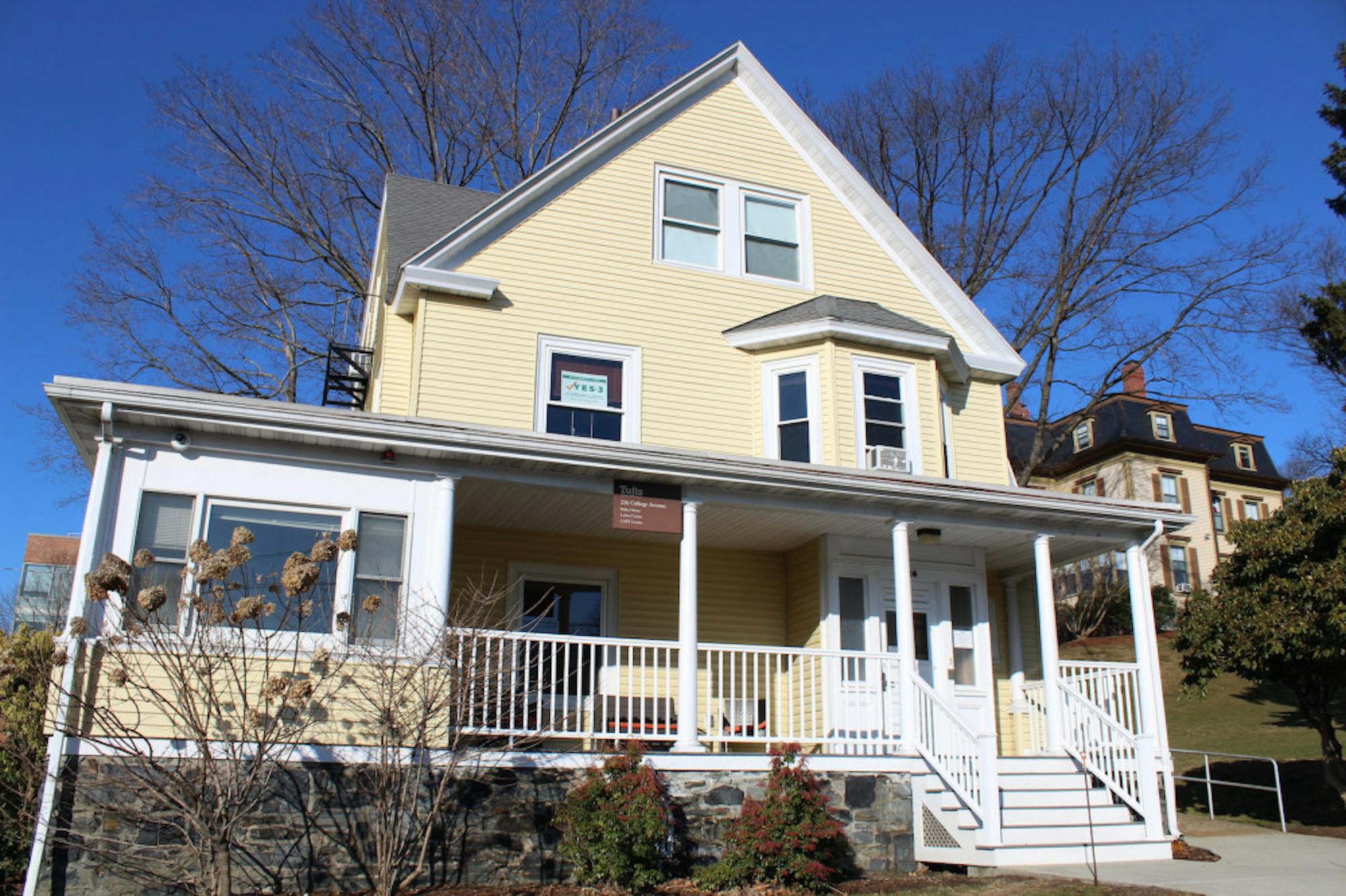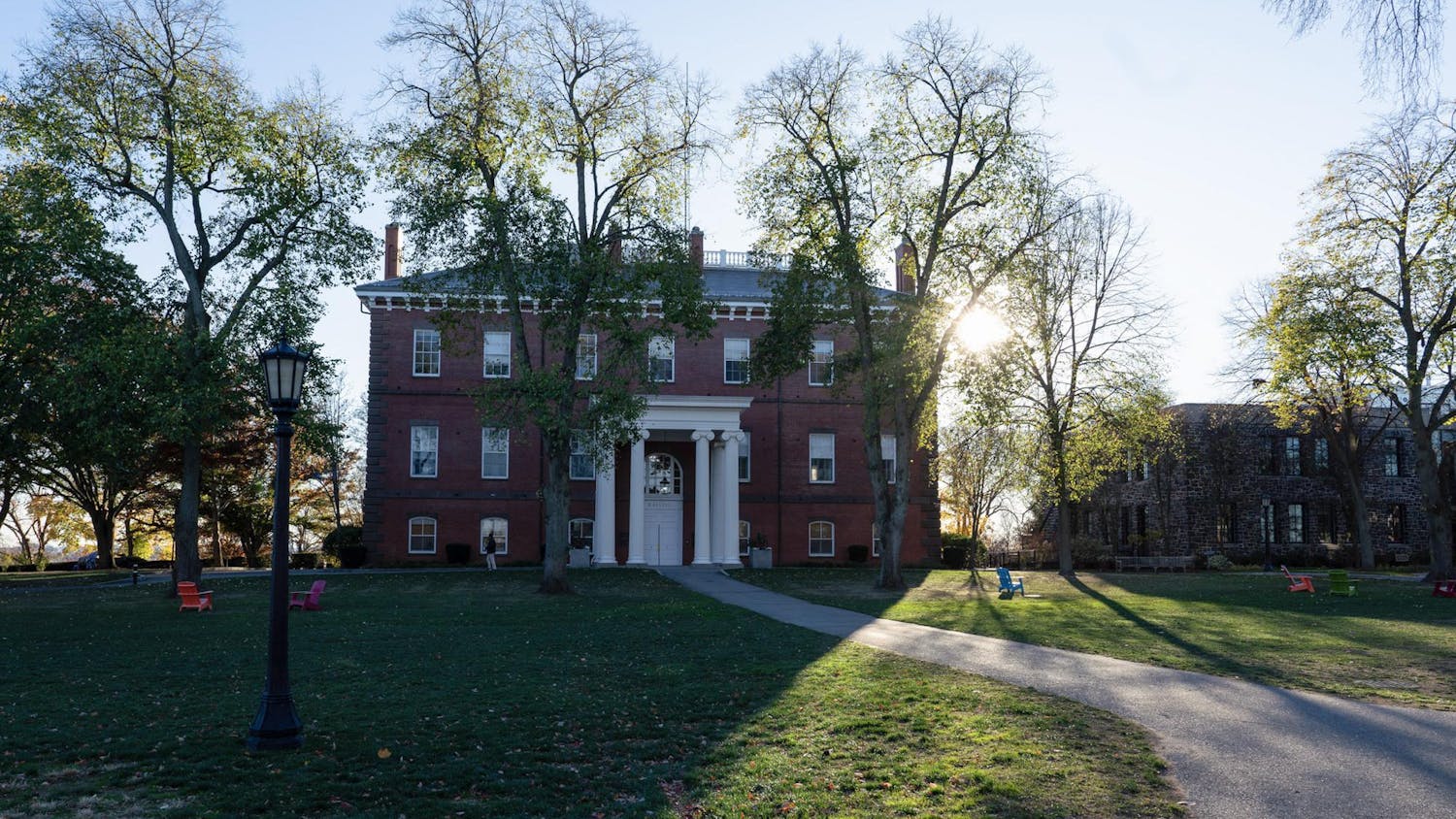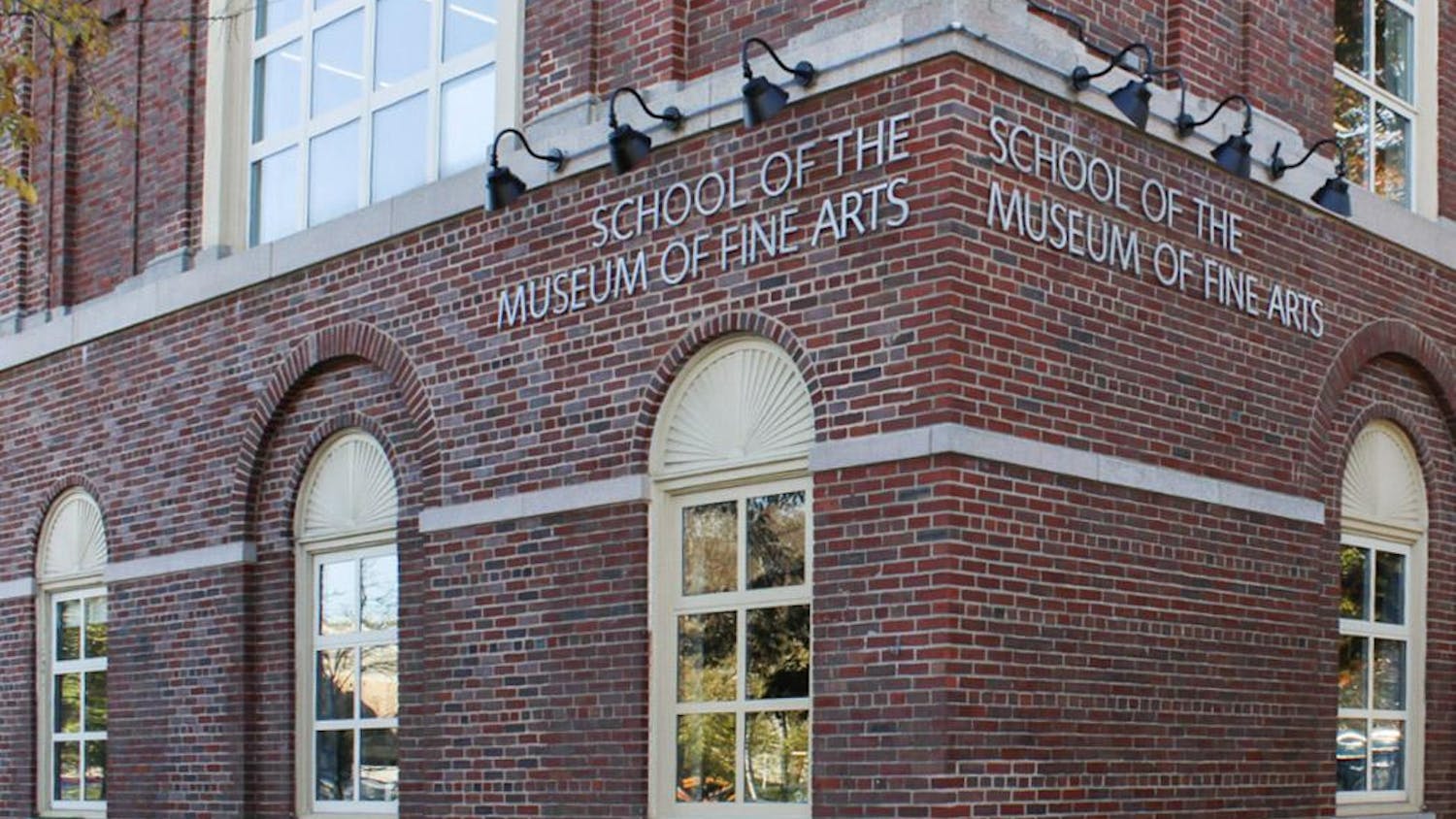The collection of identity-based centers on campus, formerly known as the Group of Six, has been renamed to the Division of Student Diversity and Inclusion (DSDI), and new staffing positions were added to three of the centers. This change is part of a broader restructuring that has been taking place since the fall of 2019.
The centers that compose the DSDI are the Africana Center, the Asian American Center, the FIRST Resource Center, the Latino Center, the LGBT Center and the Women’s Center.
Nandi Bynoe, associate dean of student diversity and inclusion, explained the reason for the name change.
“The Group of Six was brought into our own division to work more closely in alignment with the deans of the school, and also to create a focus for broader support for all students of marginalized identities across the campus,” Bynoe said.
She added that the renaming of the group will increase opportunities for collaboration across all identity groups.
“The six centers worked really closely and really well together in the past, but this was an intentional way of bringing us into a conversation and creating a cohort of folks to really advance the work, not just in each center but with an idea for intersectionality,” Bynoe said.
Hope Freeman, director of the LGBT Center and interim director of the Women’s Center, explained the larger impact of the new name.
“By calling ourselves the Division of Student Diversity and Inclusion it really gave more muscle to the work and influence inspired by the students to whom we support,” Freeman wrote in an email to the Daily.
Rob Mack, associate provost and chief diversity officer for the Medford/Somerville and SMFA campuses, echoed the notion that the new name better fits the mission of the collection of centers. He said that he thought the old name didn't do the group justice.
“I don't think [the name ‘Group of Six’] empowers who they are, or the work that they do, or speaks to their importance,” Mack said.
In addition to the name change, new full-time staff positions were added to the Asian American Center, the Latino Center and the LGBT Center.
Both the name change and the addition of new positions are part of recent attempts to restructure the diversity and inclusion programs across the university.
Since University President Anthony Monaco put forward a number of recommendations in aCouncil on Diversity report in 2013, chief diversity officers at the university have gradually implemented those changes.
Mack, as well as Joyce Sackey, associate provost and chief diversity officer for the Boston and Grafton campuses, acknowledged that some of the recommendations proposed in the 2013 report have still not been executed.
“Many years had passed since the report, and all these recommendations hadn’t really been shepherded the way they were supposed to,” Mack said.
Even though the plan has not been fully realized, Mack and Sackey have made progress.
“One of the glaring recommendations that we really wanted to see come to fruition was that each school has its own school-level diversity and inclusion person,” Mack said. “Joyce and I felt that would be essential because it's a large university, and there was a lot of work to be done.”
This resulted in theappointment of Bynoe to her current role last fall by Dean of the School of Arts and Sciences James M. Glaser and Dean of the School of Engineering Jianmin Qu.
The three new full-time positions were added shortly after Bynoe’s appointment.
“It's all been part of this movement of change and this investment in the area,” Mack said.
As the fall semester begins, the DSDI plans to serve and support students, mainly virtually, with the rebrand in mind.
“In recognition of the abnormal nature of the fall, the majority of programming is going to be virtual ways of engagement,” Bynoe said. “We’re thinking about utilizing the virtual spaces to do a lot of division-wide programming.”






